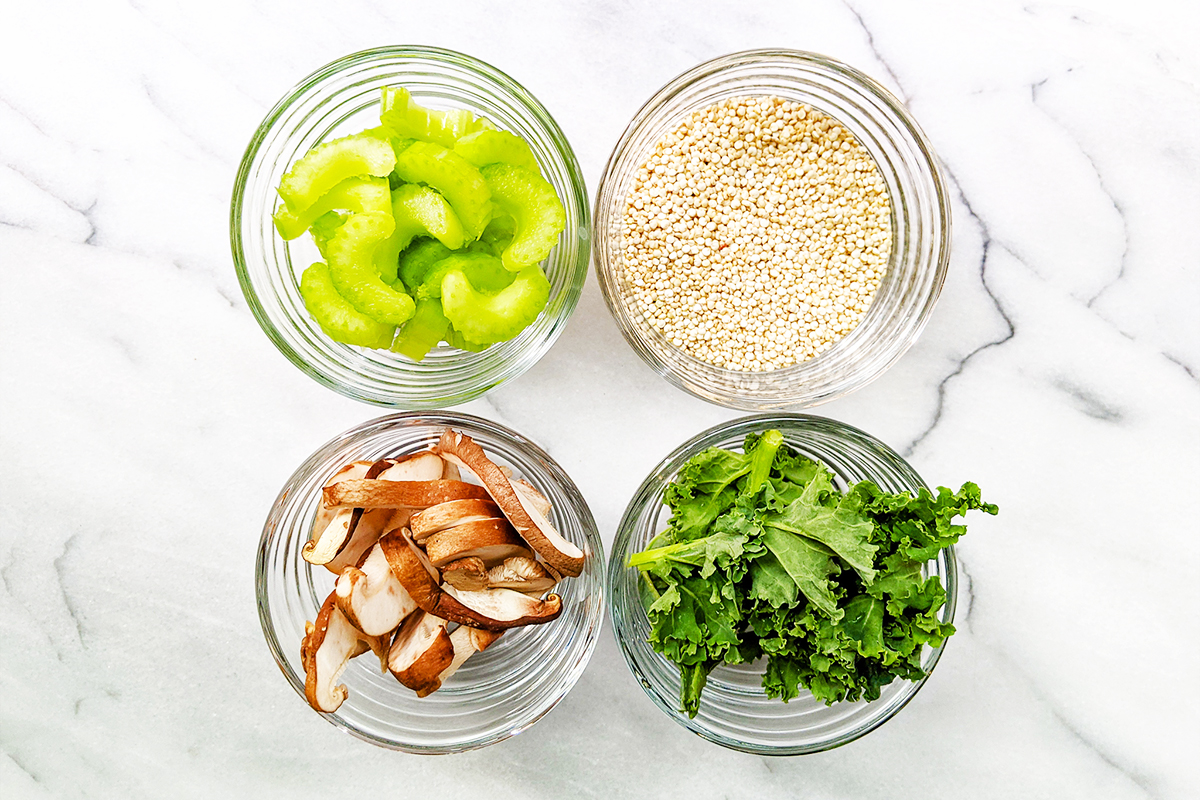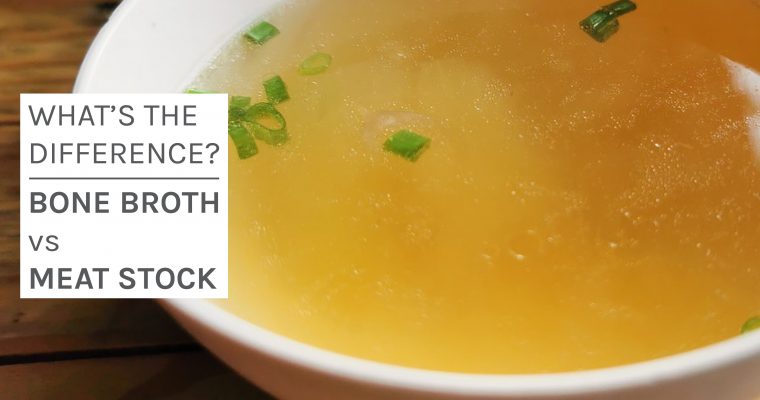One of the biggest challenges of living with EoE is not only facing food eliminations but the actual food reintroduction process. Since EoE is a non-IgE mediated allergic disease, it can be difficult to pinpoint what foods are causing symptoms since reactions can be delayed between 24-72 hours. In addition, EoE can’t be monitored by symptoms alone and biopsies must be performed via endoscopy to confirm if a patient is reacting to a specific food.
Typically for an EoE food trial, a patient trials between one food to a small group of foods over 2-6 months before having a follow-up endoscopy. If the biopsy results come back without any eosinophils in the esophagus, the food or food group is considered safe.
Food trials can be emotionally and physically exhausting for both the patient and family. Having dedicated the past year to food reintroductions outside the Top 8 food-allergens, I wanted to share what I have learned along the way. I hope these suggestions encourage you when you might feel defeated or anxious — you aren’t alone in these feelings.
1. Consult your medical team
EoE patients typically work with a gastroenterologist, allergist, and registered dietitian. Before beginning any food trial, it is important to review your food reintroduction selections and food trial process with your medical team. Since many EoE patients also have IgE-mediated food allergies, discuss with your allergist to see if you might need to undergo additional allergy testing before reintroducing a specific food.
2. Select foods for nourishment and joy
When I first started the food reintroduction process, I was eating roughly ten foods, all outside the Top 8 food-allergens. It was a bit overwhelming to think where do I even begin when so many foods had been eliminated.
How do I determine what foods I want to trial?
- Select foods that will provide a more varied diet and fill-in any missing key nutrients
- Try to introduce a range of food types that allow for recipe variation
- Make sure to select foods that bring joy and excitement (this is also important!)
For example, one of the first foods I decided to reintroduce was cassava flour since it is a calorie-rich food that is also considered to be low-allergy. In addition, it can be used in grain-free and allergy-friendly baking. Cassava flour ended up being an incredibly versatile safe food for me and I have gained a lot of nourishment and food joy from this one ingredient.
3. Face your food fear and anxiety
It is only natural to feel nervous and anxious about trialing a new food and you are definitely not alone. If you have experienced painful reactions to food before, it can be very triggering and scary to take that first bite.
How do I cope with my food anxiety around reintroductions?
- Focus on positive experiences when food has been a success
- Trial food in a safe environment, such as my own kitchen and home
- Have a family member or friend with me, giving me support and encouragement
- Take a small bite and distract myself with a movie or book — reassess how I feel in a couple of hours
- Remind myself that adding a new food will lead to an expanded and more diverse diet that will help meet my nutrient requirements
After finding a few foods that I was able to reintroduce with success, I started to feel more comfortable with the process. With time, I built up my confidence and feel excited to try new foods again.
4. Don’t forget to go slow
Taking your time with food reintroductions is really important and something I am not always great at following. Once I feel like a food might work for me, I get really excited and I want to start adding more and more foods without taking the time to evaluate. Unfortunately, this can make it difficult to pinpoint what food is causing reactions and you might have to start over. So remember — one food reintroduction at a time.
What process do I follow when reintroducing a food?
- Pick a day without any symptoms
- Start with 1 tbsp of the new food and wait a couple of hours to evaluate
- If the food seems to be okay, try again the next day. If there isn’t any reaction, wait a couple of days and try the food again, gradually building up the amount over a few days.
- Don’t make any dietary changes while reintroducing the new food — keep variables as minimal as possible.
- If a new food causes a reaction, stop and ask your doctor if you have any concerns. Before trialing the next food, wait for all symptoms to clear up. Sometimes, this can take up to a couple of weeks.
Depending on the food, the process of reintroduction for one food can take me between 2-4 weeks. Since the reactions with EoE are delayed, I like to make sure I give enough time after eating a new food before trying anything new again. It is common for EoE patients to start feeling symptoms up to two weeks after introducing a food.
5. Time to become a detective
When dealing with food allergies and intolerances, it is important to become your own detective. Since the beginning of my EoE diagnosis, I have kept a highly-detailed spreadsheet that documents my food elimination and trialing progress. It is a helpful tool that I use to document both my safe foods, failed foods, and the foods that I am currently trialing.
How do I organize the food trial spreadsheet?
- Outline each food by category, such as vegetables, fruit, herbs, meat, etc.
- Create sub-categories — for example, the vegetable category is organized into roots/tubers vs. leafy greens. This organization allows for me to evaluate if there are any trends of what types of food might be safe for me.
- Make sure to keep a detailed list of reactions to foods — this is really important information that can also help your medical team assess your progress and treatment.
6. Listen to your body even when it is difficult
While I have always been hyper-aware of my body and any symptoms that I might be experiencing, finding acceptance that a food might not be working for me can still be a challenge.
During one of my recent food trials, I failed to be honest with myself. I was trialing pears and really wanted it to work for me since it has always been one of my favorite fruits. I made sure to eat it well-cooked, but I still reacted. I tried removing the peel before cooking, but sure enough my symptoms came back. I was so desperate to add some fruit back into my diet that I was in denial.
In retrospect, I knew this food wasn’t safe for me based on the symptoms I was experiencing. It can be hard to accept when a food doesn’t work for you, especially if it is something you miss.
How do I cope with disappointment and finding acceptance when a new food is not safe?
- Focus on other things that are not food-oriented that bring me happiness — go for a walk, watch a movie, play with my cat
- Remind myself of the foods that I can eat and the progress that I have made
- Make myself a safe meal that is fun and enjoyable
7. Discover your creativity
If a food reintroduction seems to be going well, now comes the fun part! As anyone with food allergies or intolerances knows, you have to become really creative with cooking since you can’t rely on standard recipes and ingredients.
What are some ways to get creative and have fun when trialing a new food?
- Try different combinations of your safe foods with the reintroduced food — any new interesting flavor or textural combinations?
- Experiment with a variety of cooking methods such as roasting, steaming, stir fry, etc.
8. Patience
As cliché as this sounds, it is important to remember that living with EoE is a marathon and not a sprint.
EoE and other EGIDs are life-altering and can greatly impact your quality of life. It is okay to feel frustration, exhaustion, and grief. You will have good days and bad days. Foods will be safe one day and mysteriously not safe the next.
Just remember that the healing process is not always linear and it is perfectly okay to move at your own pace.
Resources
Dealing with Food Allergies (A Practical Guide to Detecting Culprit Foods and Eating a Healthy, Enjoyable Diet) by Janice Vickerstaff Joneja, Ph.D., R.D.N.




